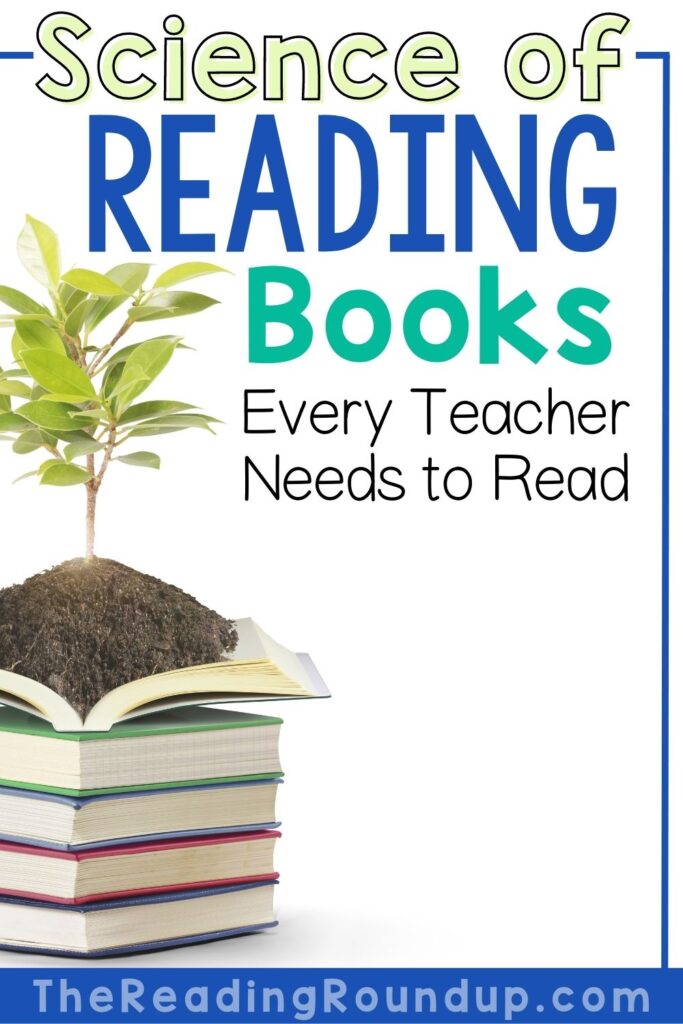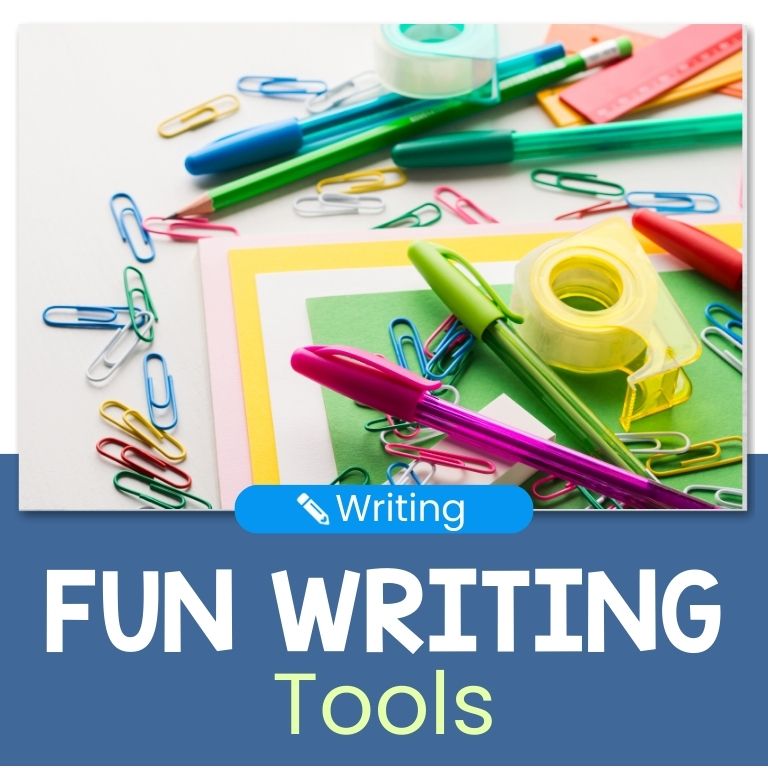
The Science of Reading has been around for years; however, recently it has gained a lot of popularity. Educators and policymakers are discussing what the Science of Reading says about teaching our students to read. No matter where you are currently in this journey, there is much to be learned about this research. Start your journey with this list of 10 essential Science of Reading books!
Equipped for Reading Success
David Kilpatrick is often referred to in any discussion about the Science of Reading. His book Equipped for Reading Success is a must-own for any primary teacher or literacy interventionist. It provides a practical step-by-step approach to teaching phonemic awareness and orthographic mapping.
Essentials of Assessing, Preventing, and Overcoming Reading Difficulties
While Equipped for Reading Success provides the how of reading instruction, Kilpatrick’s book the Essentials of Assessing, Preventing, and Overcoming Reading Difficulties offers the why. It explains the causes behind why readers struggle, ways to assess skills, and how to remediate those difficulties. This is an extremely comprehensive resource that is not a quick read and is best used as a reference guide.
Shifting the Balance
Shifting the Balance by Burkins and Yates is the perfect starting point for teachers making the switch from Balanced Literacy. Through 6 shifts, educators can gradually incorporate the concepts from the Science of Reading into their instruction. Teachers are provided practical suggestions for slightly altering their current instruction in a manageable way. There is also a Shifting the Balance book for the upper elementary grades.
Reading in the Brain: The New Science of How We Read
Even though the Science of Reading has recently gained popularity, it has been around for years. As evidenced by Dehaene’s book, Reading in the Brain: The New Science of How We Read, which was published in 2010! This is not necessarily an easy read as it provides extensive research behind HOW we read. So if you’re looking for a more practical guide on how to teach students to read, this may not be the book for you.
Language at the Speed of Sight
Reading in the Brain, Language at the Speed of Sight by Mark Seidenberg provides a thorough look at the research of how we read, similar to Reading in the Brain. Since this is a technical book with extensive research it is not a quick or easy read, but it does provide valuable insights for educators.
Phonics from A to Z: A Practical Guide
Wiley Blevins is a name commonly associated with phonics instruction. In his book Phonics from A to Z, he provides essential components of phonics instruction as well as activities to support struggling readers. His book A Fresh Look at Phonics is another valuable resource for practical guidance on phonics instruction and remediation.
Speech to Print
Speech to Print by Louisa Cook Moats is a book that consistently makes it onto any list of essential Science of Reading resources. And for good reason! She provides in-depth information about the structure of our language well beyond what most of us were taught. Learn more about phonology, morphology, and syntax to help your students better understand how words work.
Know Better, Do Better
Meredith and David Liben offer a practical approach to improving reading instruction based on their own experiences in Know Better, Do Better. They provide the research behind their findings and the instructional practices and materials that make an impact.
Structured Literacy Interventions
As a reading interventionist, Structured Literacy Interventions by Louise Spear-Swerling has been an essential resource for improving my remediation techniques for struggling readers. While most information about the Science of Reading tends to target K-3 students, this book offers strategies for grades K-6. Learn explicit instructional practices for improving phonological awareness, decoding, spelling, fluency, vocabulary, and comprehension.
How to Plan Differentiated Reading Instruction
While other books offer the why behind the Science of Reading, this book offers the how. In Walpole and McKenna’s book How to Plan Differentiated Reading Instruction, teachers are provided with a framework for their small group instruction. Learn specific lessons for teaching phonological awareness, word recognition, fluency, vocabulary, and comprehension. There’s also a wealth of supplemental resources available online!
In addition to these professional resources, you may want to check out this list of Science of Reading materials you need to begin this instruction in your classroom. Have you found any of these books to be especially beneficial? What other professional Science of Reading books would you add to the list? Share with us in the comments!
Want to Learn More?
You’ll love these related posts!

WANT TO PIN THIS FOR LATER?























